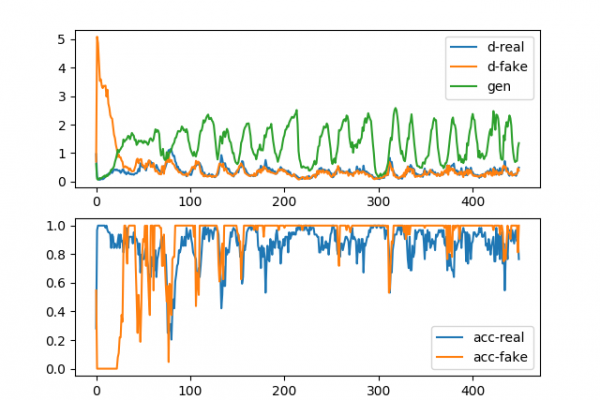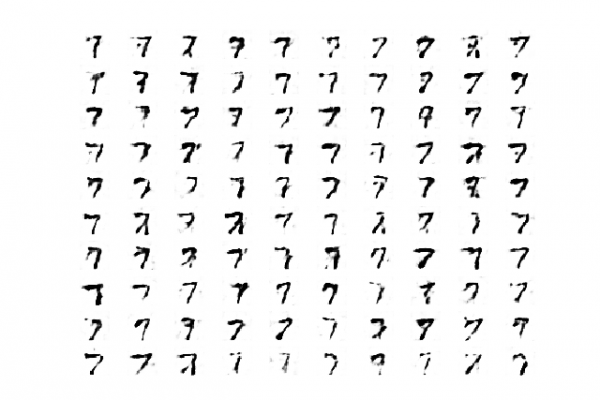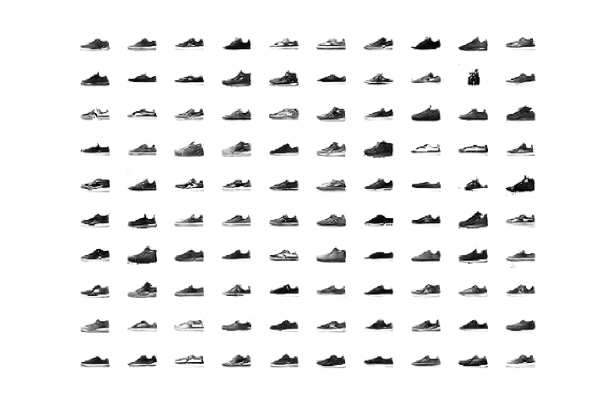How to Identify and Diagnose GAN Failure Modes
Last Updated on August 17, 2020 How to Identify Unstable Models When Training Generative Adversarial Networks. GANs are difficult to train. The reason they are difficult to train is that both the generator model and the discriminator model are trained simultaneously in a zero sum game. This means that improvements to one model come at the expense of the other model. The goal of training two models involves finding a point of equilibrium between the two competing concerns. It also […]
Read more








